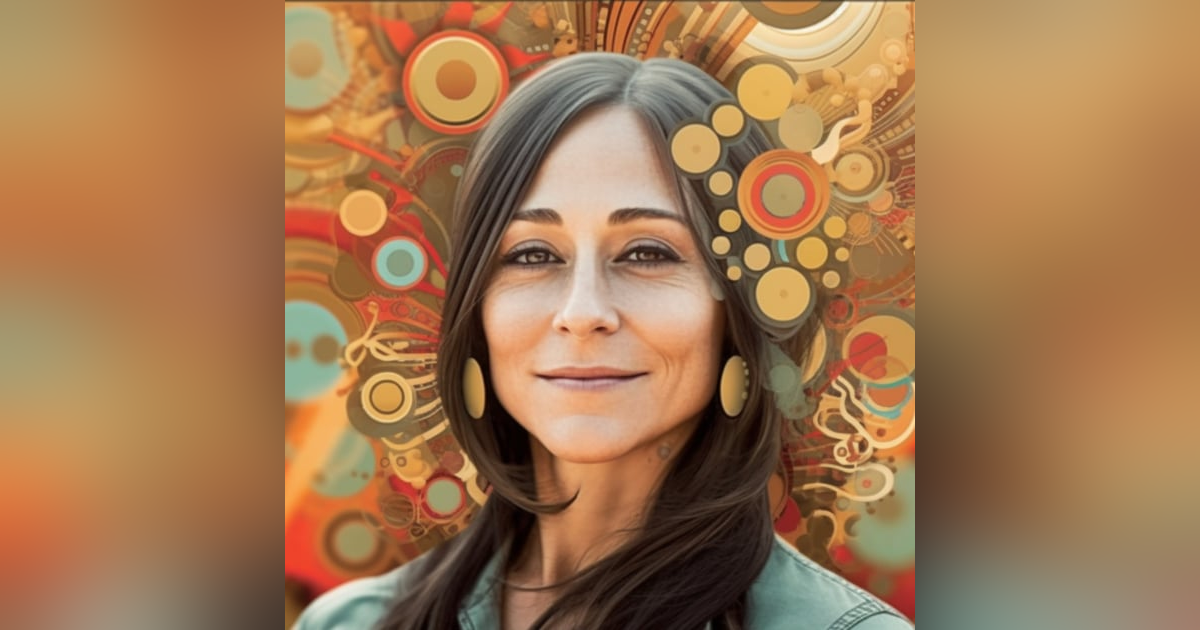#94: Beyond the disease: The Emerging Field of Veterinary Palliative and Hospice Care. With Dr Shea Cox.

Dr Shea Cox is a global leader and subject matter expert in veterinary hospice and palliative care. She’s certified as a Pain Practitioner, a Hospice & Palliative Care Veterinarian and a Pet Loss Professional. With a focus on technology, innovation and education, her efforts are changing the end-of-life landscape in veterinary medicine. In addition to launching the first hospice and palliative care service integrated within a specialty hospital setting in 2012, she was also the first to launch a nationwide Telehealth platform dedicated to quality of life and end of life support in 2017. In 2020, PetHospice was acquired by BluePearl Specialty + Emergency Pet Hospitals, and Shea and her team are leading the expansion of specialty-level, in-home pain management, hospice and palliative care and end-of-life services across the US. Shea believes palliative care for pets should become more common and less scary for us GP vets, and after listing to this I’m sure that you’ll agree!
In this episode, Dr Shea introduces us to the concept of hospice and palliative care to improve the quality of life for pets with both curative and non-curative conditions. We untangle some common misconceptions regarding these care options and emphasise the importance of advocating for both the pet and the client during the end stages of a pet's life. Dr Shea talks us through her career journey from starving art student to palliative care vet, highlighting the significance and satisfaction of providing quality care during a pet's final stages of life. Tune in and learn about resources and tools for end-of-life care management, such as quality of life scales, the importance of personalised goals, as well as the growing industry of in-home euthanasia and hospice practices and how you can integrate it into your work or clinic.
Topic list:
07:48 From art school to vet school: Dr Shea's journey.
10:29 Palliative care vs hospice care - what's the difference?
14:22 Dr Shea's view on palliative care and how it can be both curative and non-curative.
22:20 Why Dr Shea moved from emergency to palliative care and the difference palliation can make to a patient's quality of life.
29:59 Are most vets too quick to euthanise?
35:26 The different attitudes towards euthanasia and convincing owners that they don't always need to euthanise immediately.
39:50 The importance of goal setting with owners - what do they want for their pet? How can they recognise pain at home?
46:55 Why should more vets look into palliative care and what is it like working predominately in the end-of-life space?
52:01 How do we make palliative care more practical to roll out in clinics? Hint - utilise your amazing nurses!
54:21 The benefits of telehealth palliative care, for clinics, owners and patients.
Join our community of Vet Vault Nerds to lift your clinical game and get your groove back with our up to date easy-to-consume clinical episodes at vvn.supercast.com, visit thevetvault.com for the show notes and resources for this episode, and connect with us through our online Vet Vault Network. for episode highlights, discussions, questions and support.
Join us with Dr Shea Cox at Vets on Tour in Wanaka, New Zealand on 13 - 18 August 2023 for great CE, live podcasting and snow... lots of snow!






